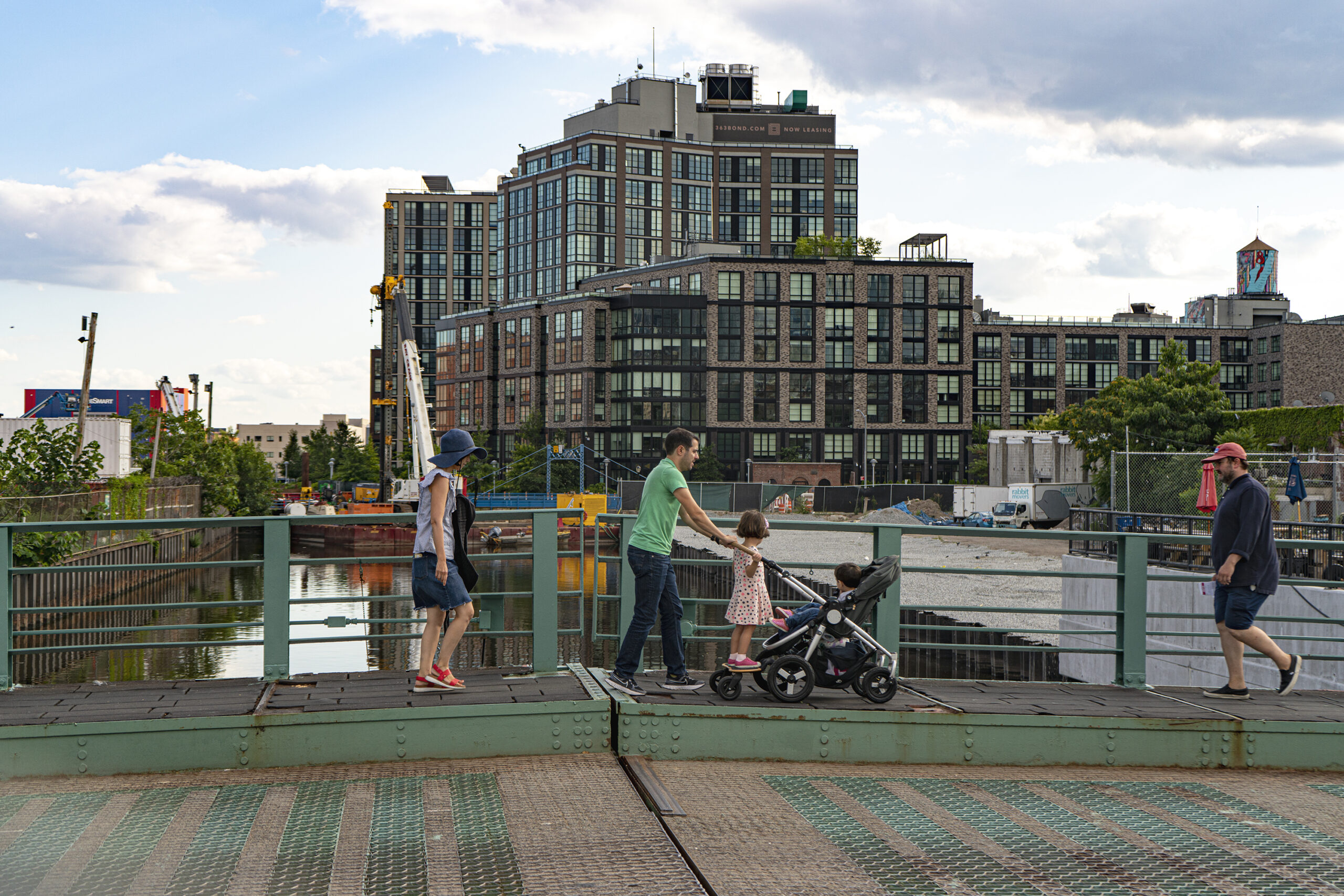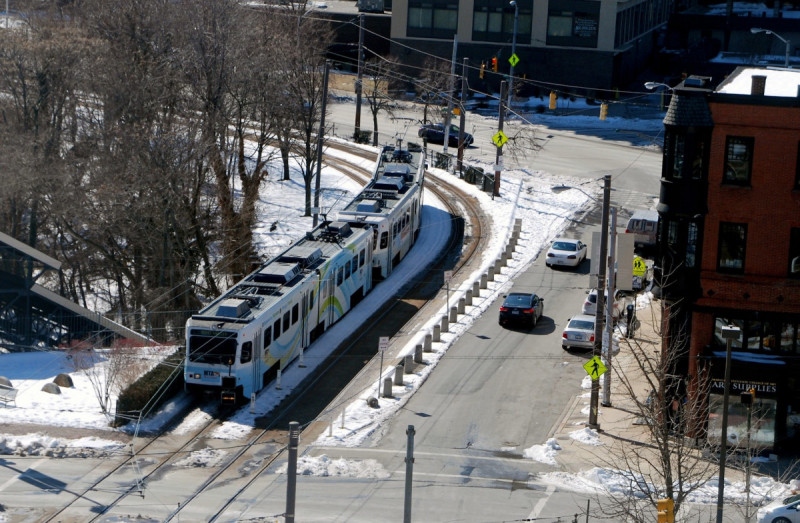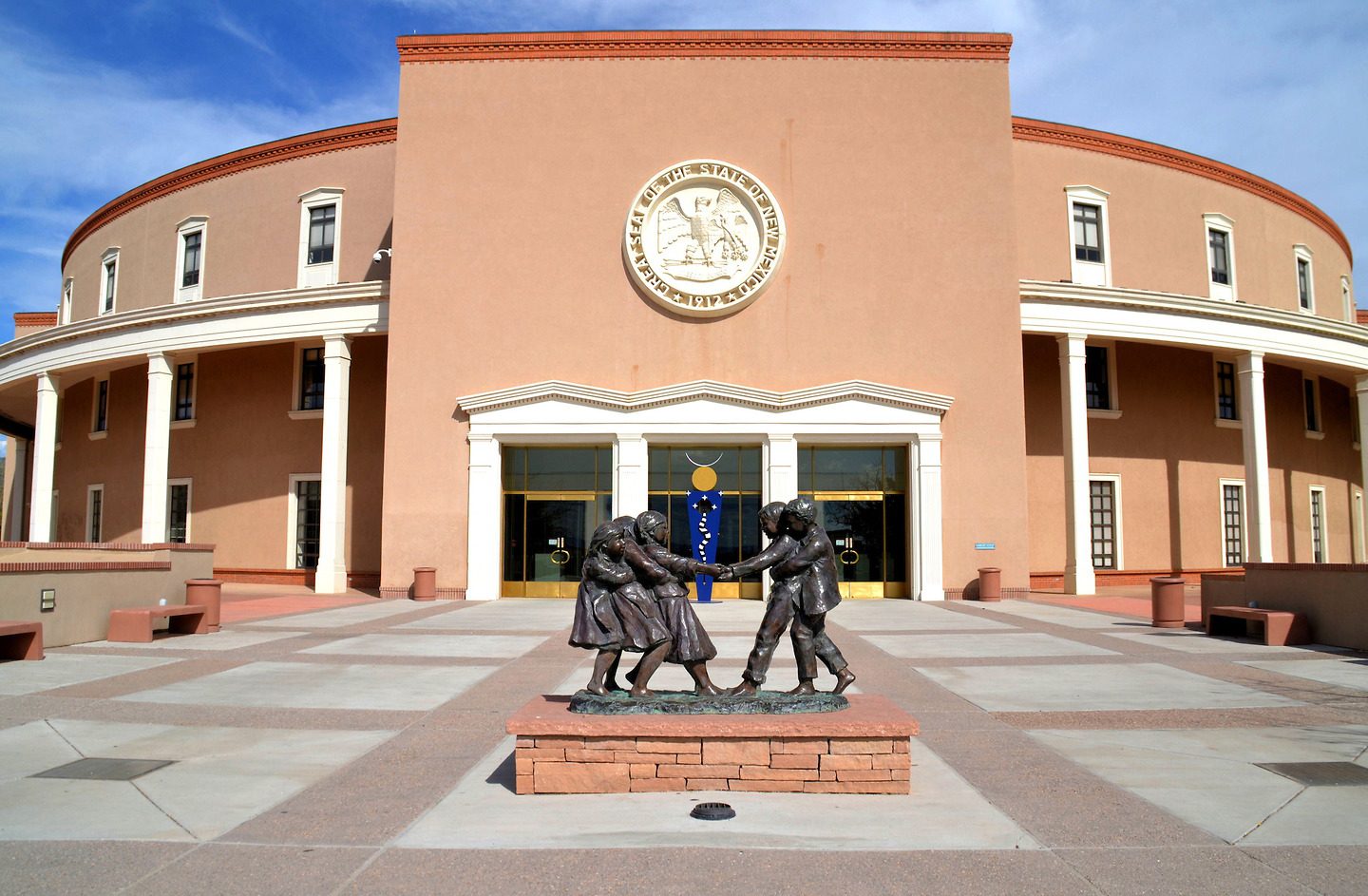From SoHo to Gowanus to the Upper East Side, de Blasio Legacy Projects Hit Crossroads

The City Council is set to tackle three crucial land use decisions Tuesday that could reshape parts of New York — in one case, potentially overruling a fellow lawmaker on his home turf.
While all three proposals have drawn opposition, the battle over the New York Blood Center’s plan to build a 16-story life sciences center on its current East 67th Street site threatened to upend Council tradition: The zoning subcommittee is expected to approve the proposal against the wishes of local Councilmember Ben Kallos (D-Manhattan).
Meanwhile, City Hall and Councilmember Brad Lander (D-Brooklyn), the comptroller-elect, are wrangling over how much money the de Blasio administration will commit to spending to improve nearby public housing developments to win Council approval of its proposed rezoning of the polluted Gowanus neighborhood.
The rezoning, scheduled to be voted on by the Zoning and Franchises subcommittee Tuesday, would spur the building of up to 8,000 new apartments, along with shops and parks, and help with the cleanup of the Gowanus canal, which the federal government has declared a Superfund site.
And the subcommittee will hold a potentially contentious remote-only public hearing Tuesday on the de Blasio administration’s plan to rezone SoHo and NoHo to authorize 3,200 new housing units in Lower Manhattan as well as overhaul a cumbersome process for approval of retail stores.
Both the Gowanus and SoHo rezonings are aimed at using affordable housing to bring more people of color into some of the city’s whitest and wealthiest neighborhoods.
All three projects are seen, to different degrees, as key to the legacy Mayor Bill de Blasio, whose eight years in office end Dec. 31. Meanwhile, the plans represent last stands for many Council members — Kallos and Lander, among them — who will be leaving at the end of next month due to term limits.
Out for Blood
The Blood Center proposal has been picking up support in the Council with its argument that the project would fuel development of a life sciences sector, a priority of the last two city mayoral administrations.
Last week, the Council’s Black, Latino and Asian Caucus called on Kallos, who sides with opponents concerned the midblock tower will cast shadows, to come to an agreement with the center.
The chair of the Council’s Land Use Committee, Rafael Salamanca (D-The Bronx), said Monday he would support the Blood Center expansion, despite Kallos’s opposition.
“What is better for the city of New York and New Yorkers? Not having shadows or expanding a nonprofit that plays such a vital role,” he told POLITICO New York.
Later on Monday, Mayor-elect Eric Adams weighed in, also urging the Council to come up with a compromise — saying it “should get to yes” on the Blood Center proposal, set for an area that’s home to some of the city’s top hospitals.
Kallos isn’t conceding defeat and says his hand has been strengthened by an unusual legal challenge filed by attorney Marc Bresky on behalf of a condominium and a co-op adjacent to the Blood Center — and support from some Council members.
The legal maneuver involves what is called a “protest” under section 200(a)(3) of the City Charter, which allows property owners within 100 feet of a piece of land being rezoned or whose property is included in a rezoning to object to a resolution approved by the City Planning Commission. If they do, the Council would have to approve the project by a three-fourths supermajority, rather than a straight majority-rules vote.
“I don’t believe there will be 39 votes” for the project, Kallos said. “Even those who support the project have told me they support member deference.”
Legal advisors for the Blood Center said previous challenges like this one have failed because they did not meet the requirements of the charter. They expect this one to fail as well because the objecting co-op and condo don’t represent 20% of the land area as required.
‘Nowhere Near Ready’
The Gowanus plan has been in the works for more than five years and supporters say the community — and especially Lander — has been involved from the beginning.
The administration has also said the project is also crucial to desegregating the city. The neighborhood is 63% white and upper income, with an average household income of $120,000 — both far higher than the city averages.
“An incredible 35% of the units to be created — some 3,000 — are to be deeply and permanently affordable,” said Michelle de la Uz, executive director of the Brooklyn-based Fifth Avenue Committee, which is preparing to build 950 units for lower-income households if the plan is approved. “This rezoning would help advance fair housing and reverse the trend towards a whiter and wealthier community, and promote greater resilience and local accountability.”
Opponents argued that the neighborhood is already diverse and crowded. But most of the criticism has involved environmental issues, including concerns that documented risks might not reflect the full picture.
“The environmental impact statement was approved by the City Planning Commission barely one week after Hurricane Ida impacted Gowanus and revealed how the local infrastructure and current design plans are nowhere near ready for the development that will kick off the moment this rezoning is approved,” said Martin Bisi, owner of BC Studio Gowanus, and a member of the opposition group Voice Of Gowanus.
Still on the table is some sort of way for the community to monitor the plan as building begins.
But the key sticking point in Gowanus is the amount of money the administration will commit to rehabilitate NYCHA’s Gowanus and Wyckoff housing developments. The price tag is north of $200 million.
Lander, who will become the city’s comptroller in January, hopes to have a deal with the administration before the vote tomorrow.
‘A Rare Opportunity’
The SoHo plan has been met with fierce opposition from the community, which has argued it will endanger the area’s unique architecture and its protected status as a landmark district.
Foes object to the increase in density, efforts to liberalize the very tight restrictions on retail in the area and argue it could displace current residents, including artists. Opponents are confident they have built a coalition to stop the proposal.
“The momentum has turned in our favor. The groundswell of opposition from housing groups (Tenants PAC, e.g.), preservationsists (Landmarks Conservancy) and environmental groups (Sierra Club) — as well as unanimously every SoHo/NoHo resident and small business owner who spoke at public meetings — belie the initial flack from de Blasio that this will bring ‘affordable housing’ and ‘social justice,’” said Sean Sweeney, director of the SoHo Alliance.
But the plan’s supporters have also mobilized, especially over the need to desegregate the city and the push to build more affordable housing.
“This is a rare opportunity to expand housing capacity in Lower Manhattan and do it in a way that is going to insure the availability of affordable housing,” said Carl Weisbrod, for many years the president of the Alliance for Downtown New York and de Blasio’s first head of the City Planning Commission. “The argument this is somehow going to displace a wealthy community protected by homeownership or rent regulation strikes me as disingenuous.”
The rezoning and Blood Center proposals are expected to make their way to the full City Council for votes. If OKed, the measures would be sent to de Blasio for final approval.
This article was originally posted on From SoHo to Gowanus to the Upper East Side, de Blasio Legacy Projects Hit Crossroads



